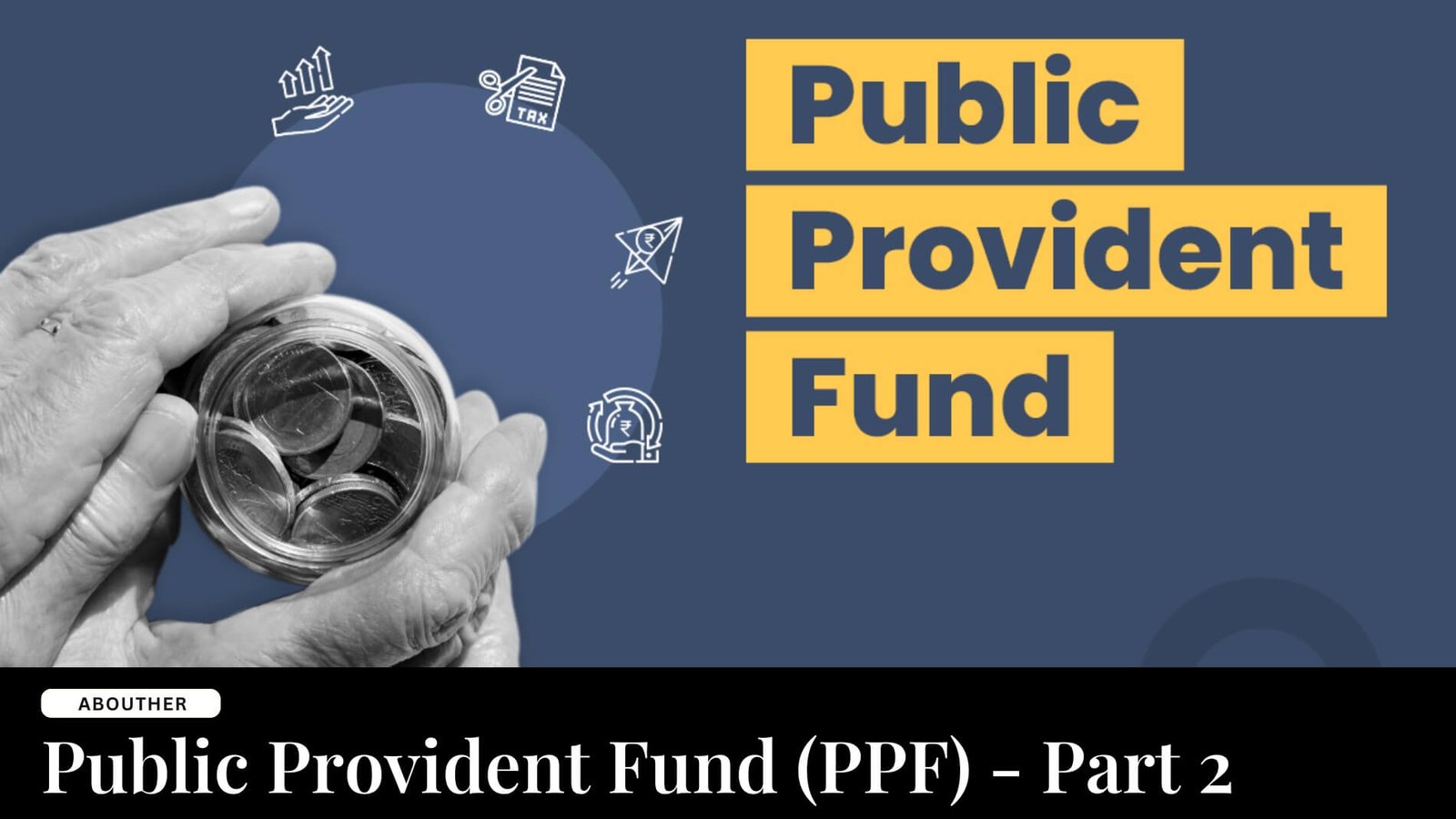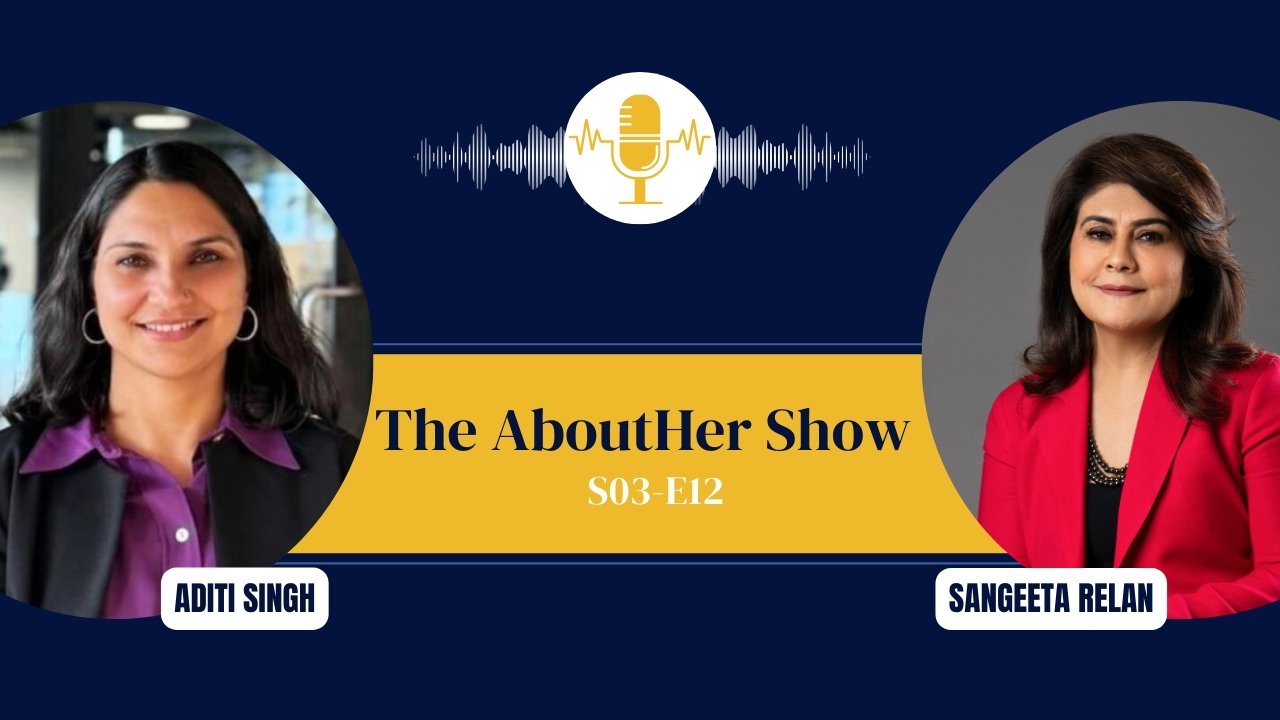Public Provident Fund (PPF) – Part 2
Withdrawal Rules for PPF
Although the PPF has a mandatory lock-in period of 15 years, certain conditions allow partial withdrawals:
- Complete withdrawal of funds is not possible until the end of the 15-year tenure.
- Partial withdrawals can be made only after 5 years from the date of account activation.
- The amount eligible for withdrawal is capped at 50% of the balance at the end of the 4th year or the preceding financial year, whichever is lower.
- Only one partial withdrawal is permitted per financial year, making it important to plan withdrawals carefully for emergencies.
Loan Facility Against PPF
- A loan can be availed from the 3rd year to the 6th year of the account’s operation.
- The loan amount can be up to 25% of the balance at the end of the 2nd financial year preceding the loan application year.
- The loan must be repaid within 36 months (3 years).
- No new loan will be sanctioned if the previous loan remains unpaid.
This facility is helpful for individuals who need short-term funds without breaking their savings.
Also Read: Public Provident Fund (PPF) – Part 1
How to Open a PPF Account
A PPF account can be opened both offline and online at post offices and banks:
- Nationalised banks such as the State Bank of India, Punjab National Bank, and others offer PPF services.
- Select private banks such as ICICI Bank, HDFC Bank, and Axis Bank also provide this facility.
To open an account, the following documents are required:
- Duly filled account opening form
- KYC documents (Aadhaar, Voter ID, Driving License, etc.)
- Proof of residential address
- Nominee declaration form
- Passport-sized photograph
Limitations of PPF
1. Lock-in Period
- The 15-year lock-in period is longer compared to other tax-saving investment options.
- Though partial withdrawals are allowed, they are subject to strict rules and cannot be freely accessed.
2. Moderate Interest Rate
- The PPF interest rate, currently at 7.1%, is relatively lower than returns offered by other long-term investment options such as equity mutual funds or NPS.
- The interest accumulates over time and can only be withdrawn upon maturity, making it less liquid.
3. No Joint Ownership
- A PPF account can only be held individually and cannot be opened jointly with a spouse or family members.
4. Investment Limit
- The maximum annual contribution is limited to Rs. 1.5 lakh per financial year.
- In comparison, other tax-saving instruments, such as NPS or mutual funds, do not have such strict upper limits on contributions, even though the tax benefit under Section 80C is capped at Rs. 1.5 lakh.
5. Mandatory Annual Contribution
- A minimum deposit of Rs. 500 is required each year to keep the account active.
- Failing to make the minimum contribution will make the account inactive. Reactivating the account involves paying a penalty along with the missed deposits.
Expert Insights on PPF Investment
Investment advisors have noted that the PPF interest rate has declined over the years. For example, it was 12% until 2000, reduced to 11% in 2001, and stands at 7.1% today. Additionally, under the new tax regime, there is no Section 80C deduction benefit, which may make PPF seem less attractive.
However, PPF remains a viable option due to its tax-free returns. For example:
- For an individual in the 30% tax bracket to earn a 7.1% post-tax return from other investments, the pre-tax return must be at least 10.15%.
- Finding a secure, guaranteed, and stable investment with such high pre-tax returns is challenging, making PPF a reliable, low-risk choice.
Also Read: Building Wealth, One Step at a Time: A Guide to Mutual Funds and Financial Empowerment – Part 1
Conclusion
The Public Provident Fund is ideal for individuals seeking a secure, low-risk investment option with long-term benefits. Despite certain limitations, such as the lock-in period and contribution limits, it remains attractive due to its tax exemptions and guaranteed returns. For those who prefer stability and are comfortable with a long-term commitment, PPF can play a key role in achieving financial security and meeting future goals, such as retirement planning or funding children’s education.
Love learning about impactful women?
Check out our new series, Empowerment Series: “Women Who Lead”
Share This On Social
![Sangeeta-Relan-AH-525×410[1]](https://aboutherbysangeeta.com/wp-content/uploads/2024/06/Sangeeta-Relan-AH-525x4101-1.jpeg)
I’m Sangeeta Relan—an educator, writer, podcaster, researcher, and the founder of AboutHer. With over 30 years of experience teaching at the university level, I’ve also journeyed through life as a corporate wife, a mother, and now, a storyteller.
Recent Posts

















